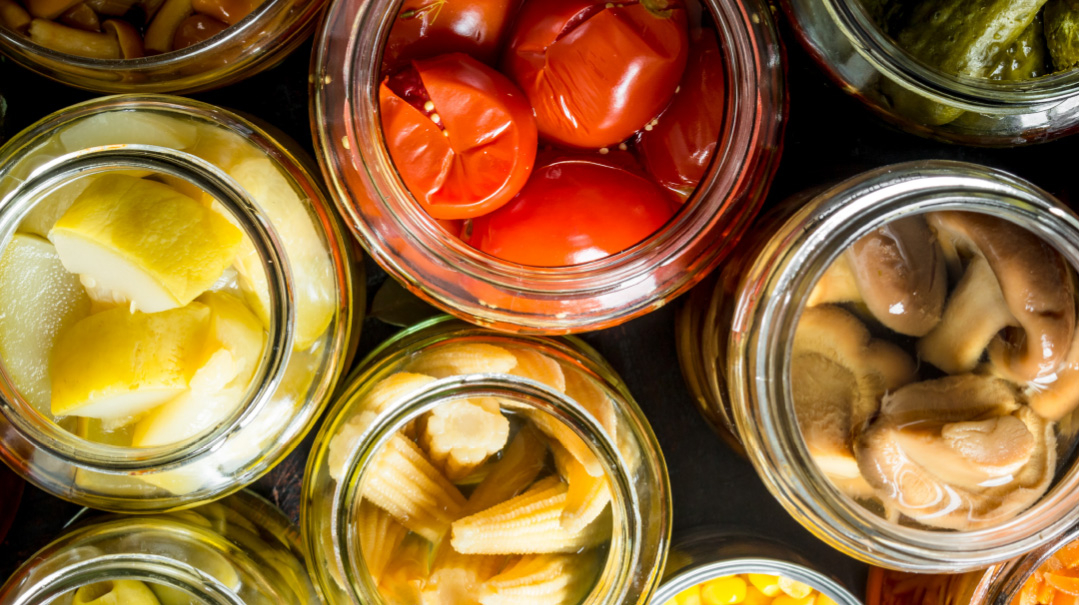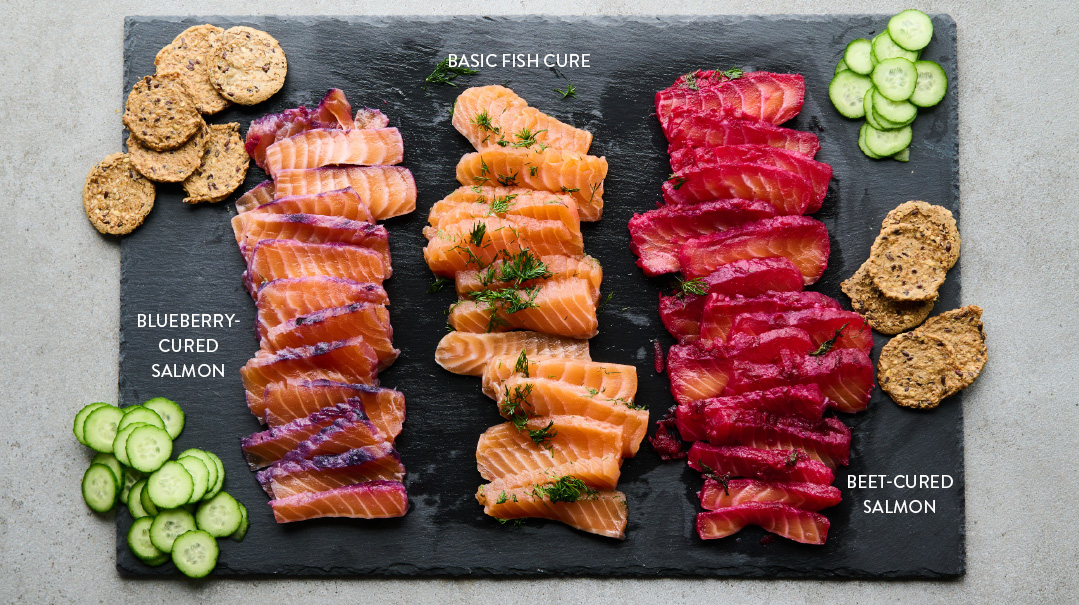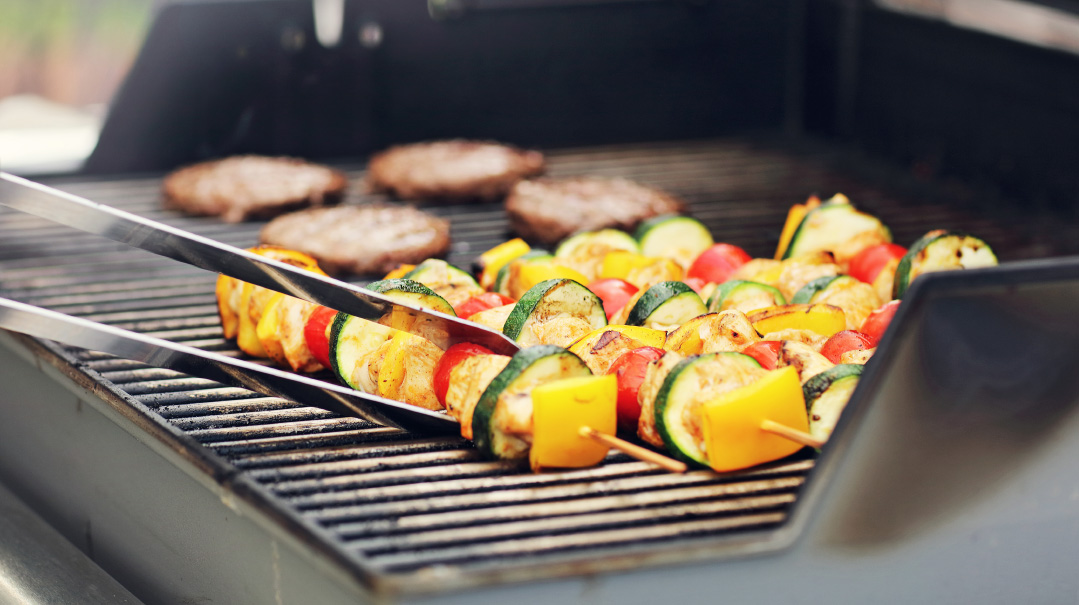Make Ends Meat
| March 28, 2023
Chanie Nayman and Kehilla Butcher, Brooklyn, NY
How to Cook Almost all the Cuts of Meat in Your Butcher’s Case
The number-one question so many people ask around Yom Tov time is “What do I do with this cut of meat?” It makes sense; meat’s expensive, and we want to bring something special to the table to enhance our Yom Tov.
There have been so many articles written about meat in these pages, especially around Yom Tov time, but this time we’re coming from the angle of specific cuts of meat. We’ll skip the education stage and get right down to “just tell me what to do with it.”
First-Cut Brisket
Unlike second cut, first cut is lean, so it can’t be baked for many hours. Some people add liquid to the pan, but some people believe liquid makes it tougher.
For a four-pound brisket: In a large pot, sear the meat in oil. Remove it from the pot and add 6–8 large sliced onions, and sauté until golden. Then add 6 chopped cloves of garlic, 3 tablespoons potato starch, 2 cups dry red wine, 2–3 bay leaves, and 1–2 tablespoons brown sugar. Oil the meat and rub 1 tablespoon imitation mustard, freshly ground pepper, and salt to taste onto it. Return it to the pot and place in a 325°F (160°C) oven. Bake for an hour and a half. Remove the meat from the oven, let it cool, slice, and return to a 300°F (150°C) oven for one hour.
Second-Cut Brisket
This is a very fatty cut of meat with a lot of tough connective tissue. It must be cooked for a long time to break it down and make it soft.
For a three-pound brisket, heat 1 tablespoon oil in a 5–7-quart pot. Add 6 large sliced yellow onions, 1 halved beet, and 3–4 sliced stalks celery. Season the meat generously with salt and pepper, then mix 1 heaping tablespoon paprika, 2 tablespoons brown sugar, 3 tablespoons tomato paste, and 1 tablespoon garlic powder and rub into the meat. Place over the vegetables and cover the lid. Braise for several hours, flipping every hour or so, until fork-tender. Alternatively, bake at 300°F (150°C) for four to five hours.
Any Type of Flanken or Ribs, or Cheek Meat
These are all meats with lots of marbleization and fat, and they become very soft and flavorful with long stretches of cooking time. As a general rule, keep these cuts covered when cooking, and remove from heat when the meat is fork-tender.
For a four-pound bone-in flanken roast, season with salt, black pepper, paprika, and steak seasoning, and sear. Then add the following to a roasting pan or braising pot: 1–2 tablespoons olive oil, 1 large quartered onion, and 6–7 cloves garlic. Mix 1⁄3 cup red cooking wine, 2 tablespoons tomato paste, 1⁄2 cup chicken broth, and 1⁄2 teaspoon dried rosemary (optional). Braise on a low flame or bake at 275°F (135°C) for six to eight hours or until extremely tender.
Top of the Rib
This is a lean cut that will be delicious and flavorful, but it will never be butter soft. Pepper steak is often made from top of the rib. Deckle is a cut taken from under the top of the rib. It is great for pulled beef.
For a four-pound top of the rib roast: Sear meat for 5 minutes on each side in 1 tablespoon oil. Then transfer to a 9x13-inch (23x33-cm) baking dish over 2 large sliced onions and 6 cloves sliced garlic. Season the meat with 2 teaspoons kosher salt, 3 tablespoons tomato paste, 2 cups dry white wine, 1⁄4 cup honey, 2 cups chicken stock, 2 sprigs thyme, and 1 dried bay leaf. Bake at 350°F (175°C) for three hours.
Silver-Tip Roast
This is the tip of the shoulder roast, so you can use recipes interchangeably. It should be baked low and slow. It’s not tough, but it is on the drier side.
For a three-pound roast, marinate in 1 cup dry red wine, 11⁄2 cups orange juice, kosher salt, black pepper, 2–3 tablespoons olive oil, 3 tablespoons honey, 11⁄2 tablespoons horseradish, 3 cloves garlic, and 1–2 bay leaves, along with 1 onion, 1 sweet potato, and 1 stalk celery, cut to your desired size. Remove from the marinade and sear on all sides for 5–7 minutes, then lower heat to a medium-low flame and braise it in the marinade for approximately three hours.
Chuck-Eye, Also Called Chuck Roast or California Roast
This is a fattier roast. It can handle low and slow cooking, or it can be seared and baked until rare/medium rare.
For a four-pound roast, season with 2 tablespoons imitation mustard or horseradish, 3 tablespoons brown sugar, 1⁄3 cup balsamic vinegar, 1⁄3 cup imitation soy sauce, 1 tablespoon dried rosemary, 2 tablespoons paprika, and 1 tablespoon onion powder. Bake uncovered for 20 minutes on 500°F (260°C), then cover and continue baking at 200°F (90°C) for two hours for medium rare.
Club Steak, Oyster Steak, Strip Steak
Club steak is usually a cut from the chuck, oyster steak is usually from under the shoulder London broil, and strip steak is usually from a French roast. They are delicious cooked to medium rare.
Make a marinade with red wine, chopped onion, garlic, honey, and olive oil. Pour the marinade into a large ziplock bag and add the chuck steaks. Refrigerate and marinate for at least 30 minutes but no more than 24 hours. Season with salt and pepper, and grill for 2 minutes on either side.
London Broil
London broil is cut from the shoulder or the chuck. Chuck London broil will be softer, with more marbling throughout, and shoulder London broil will be leaner. They can both be made medium rare, and seasoned with a simple seasoning.
For a two-pound roast, season with 1 teaspoon salt, 1⁄2 teaspoon pepper, 1 teaspoon chili powder, and 1⁄2 tablespoon coffee granules. Broil each side directly under the broiler or place on the middle rack of the oven and bake for 15–20 minutes.
Kolichel
Kolichel (or calachel) can be cut from the chuck, shoulder, or shank. Cuts from the chuck will be the softest, the others will be tougher and leaner, but extremely flavorful. Swiss steak is usually made from chuck kolichel. These should be cooked low and slow, covered with a sauce.
To make a five-pound kolichel into pulled beef, slice 1 onion and place at the bottom of a pan. Season meat with 1 tablespoon kosher salt, 1 teaspoon black pepper, 1 teaspoon chili powder, 2 teaspoons paprika, 4 smashed cloves garlic, and 1⁄2 cup olive oil. Then add 2 cups chicken stock to the pan. Bake at 225°F (110°C) for six hours. When done, pull beef and add barbecue sauce.
Minute Steaks or Minute Roast
These are great cooked low and slow.
For a roast or eight minute steaks, season with 1 diced large onion, 2 tablespoons olive oil, 2 tablespoons steak seasoning, 2 tablespoons honey, and 2 tablespoons imitation soy sauce. Bake at 350°F (175°C) for two hours for steaks, or three and a half hours for a three-pound roast.
Minute Steak Split/Fillet, or Flat-Iron Steak
These are the same as minute roast, but the large vein going through the center has been removed. They can be prepared like a London broil — seasoned and grilled or broiled for a few minutes per side.
Brick Roast or French Roast
These can be treated like a thicker, wider London broil. They’re delicious cooked to medium rare, but can also be cooked low and slow with excellent results. For a slow roasted but medium-rare interior, try this recipe:
For a four- to six-pound French roast, season with 3 heads roasted garlic, 1⁄4 cup olive oil, 1⁄4 cup grated horseradish, 1⁄2 teaspoon kosher salt, 1⁄4–1⁄2 teaspoon black pepper, 2 tablespoons white wine, and 1 tablespoon mayonnaise. Smear onto roast and bake at 325°F (160°C) for about 18–20 minutes per pound.
Delmonico Roast
This cut is often another way of saying rib eye roast, and it can be prepared medium rare.
For a three-pound Delmonico roast, season with 2 tablespoons chopped parsley, 1 tablespoon chopped basil or frozen cubes, 1 tablespoon imitation mustard or grated horseradish, 1 tablespoon honey, kosher salt and cracked black pepper, 1 tablespoon granulated garlic, and 1 tablespoon olive oil. Bake uncovered at 250°F (120°C) for approximately two hours.
How Much Do I Need?
Answers By Naomi Nachman
How much meat do I need per person?
I like to think of it as one slice of meat per person. For a meal where you’re serving other courses but meat is the only main, one-third of a pound per person is usually sufficient. If you’re serving chicken too, you can go down to slightly less than that.
How much chicken do I need per person?
If there’s only chicken at the meal, at least one leg plus thigh or one bone-in chicken breast per person. For 10 adults, prepare 12 to 14 pieces of chicken.
How many potatoes should I put in my cholent?
My mother is an amazing cook, and her rule of thumb is one potato per person. If you’re serving potato kugel, you need less. If I’m serving kugel and I have 10 people at my table, I’ll use 5 potatoes.
How much fish do I need per person?
For approximately 8–10 people, I cook one loaf of gefilte fish and a two-pound side of salmon.
How much lettuce do I need to put in a salad per person?
I usually estimate six cups of lettuce for about eight people. You’re still adding in all the other components, like tomatoes and cucumbers. If I’m having a big crowd with a lot of girls, I usually double my salad. If I need more, I just make more variety rather than double the lettuce.
Tip
If you’re having a big crowd, don’t buy two three-pound roasts. Try to buy a six-pound roast to avoid extra shrinkage.
Searing
Many people like to sear their meat on all sides to avoid shrinkage and seal in the juices. While the juices don’t really get sealed in, searing definitely adds delicious flavor.
Grain Brain
When slicing your meat, keep checking for the direction of the grain. On many meats, such as French roast, Delmonico/brick roast, and even surprise steak, the grain will change halfway through the meat. If you cut your meat along the grain, your meat will be stringy and chewy.
Read the Room
Bringing your meat to room temperature (but not for too long!) will allow you to follow recipes regarding timing more accurately. If you don’t do this, you can still cook your meat as planned, but if you’re going for a medium rare, cook time will need to be adjusted.
Low and Slow
Some meats, like flanken, ribs, and minute steak, do very well cooked for many hours because they have fat and connective tissue that takes time to break down. Other meats, like shoulder cuts and first-cut brisket, shouldn’t be cooked for extended lengths of time, and you should be more careful to follow the directions in the recipe.
(Originally featured in Family Table, Issue 837)
Oops! We could not locate your form.













